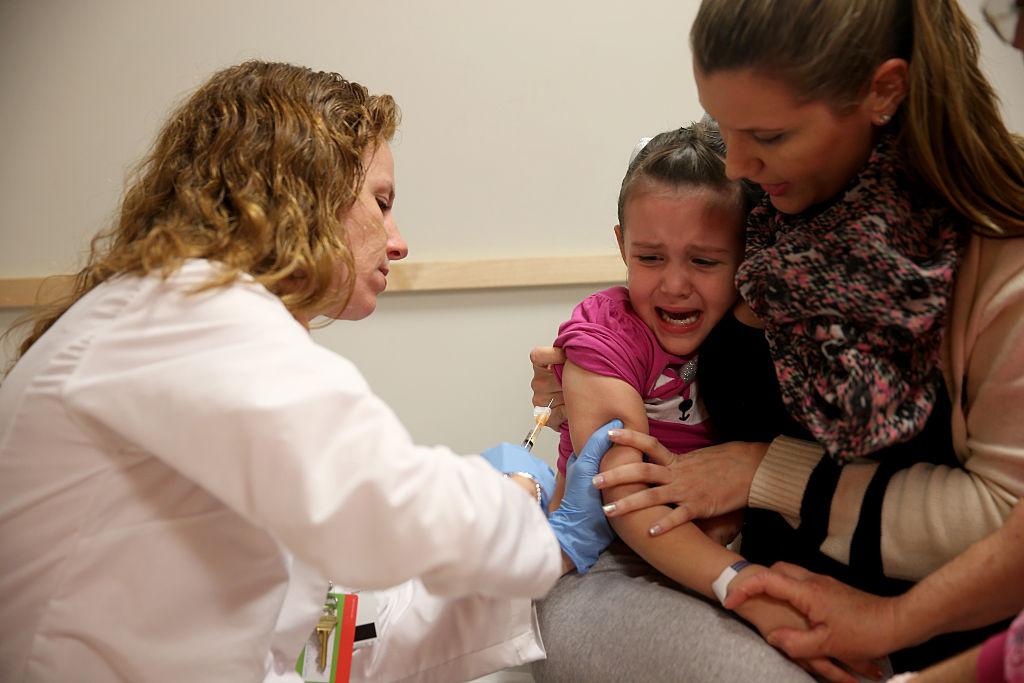Measles is seeing a resurgence both worldwide and in the United States 24 years after the Centers for Disease Control and Prevention (CDC) said the virus was “eliminated” in America after decades of vaccination efforts.
The World Health Organization’s (WHO) most recent global numbers, released in November, reveal that measles cases increased worldwide by 18 percent to about 9 million, and deaths rose 43 percent to 136,000, in 2022 compared to 2021.





